Aaron Paul Talks Breaking Bad Bitches
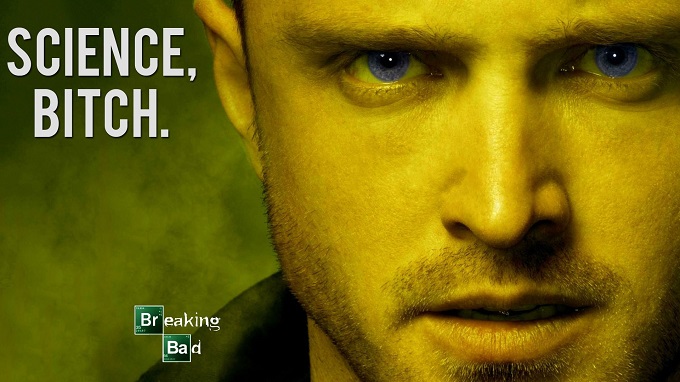
Aaron Paul spoke to Red Carpet News at the British Academy Television Awards 2014, where Breaking Bad collected yet another award to add to it’s massive collection of success and critical acclaim. Aaron talked to us about working with Bryan Cranston on the hit series and playing meth cooking Jesse Pinkman. He also gave us a very special message of thanks for Breaking Bad fans. Video below:
Mark Gatiss Sherlock Interview
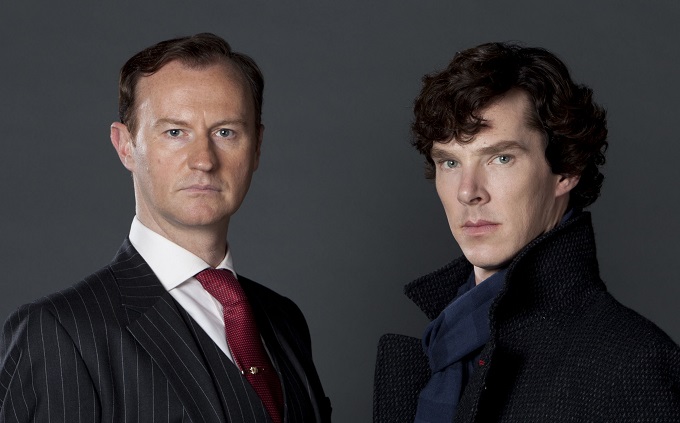
Sherlock writer and star Mark Gatiss, best known as Sherlock’s bickering big brother Mycroft Holmes, talked to Red Carpet News at the British Academy Television Awards about the hit BBC detective drama. Gatiss spoke about his pride at getting away with dealing with Sherlock’s infamous faked death in the recent third series. He also teased that a similar explanation would be provided in season 4 for the apparent return of Andrew Scott’s Moriarty.
Talking about the climactic events of the sensational third series Gatiss reminds fans that while Sherlock may be getting more human as the show progresses, he will never quite be one of us. On the subject of the much antcipated 4th series, Gatiss also reveals that dates are currently being finalized f0r filming to begin.
Check out the full video interview below:
Star Wars VII Force For Change Competition
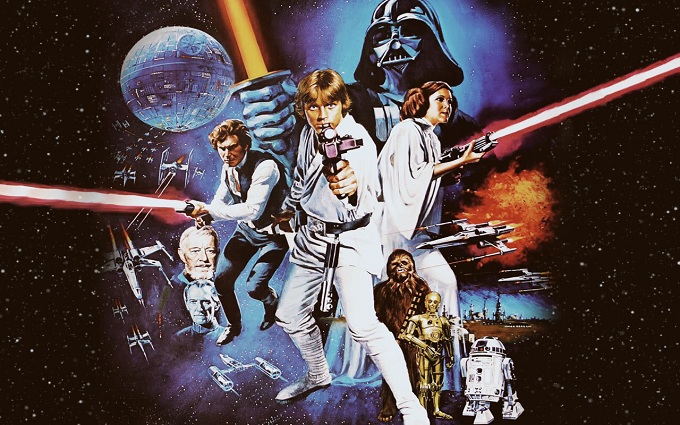
Today in a special video message from the set of Star Wars: Episode VII, director J.J. Abrams announced the creation of Star Wars: Force for Change, a brand new Star Wars initiative from Disney and Lucasfilm in collaboration with Bad Robot dedicated to finding creative solutions to some of the world’s biggest problems. The first Star Wars: Force for Change campaign will raise funds and awareness for the United Nations Children’s Fund’s (UNICEF) Innovation Labs and its innovative programs that are benefitting the world’s most vulnerable children.
To support the launch of Star Wars: Force for Change, Disney has committed US $1 million, and fans can now contribute directly atOmaze.com/StarWars for a chance to appear in Star Wars: Episode VII. For each $10 contribution made through the Omaze fundraising platform, eligible participants will be automatically entered for a chance to win this once-in-a-lifetime experience. The campaign runs from 12:01am PST on May 21stth until 11:59pm PST July 18th.
The Star Wars: Force for Change Grand Prize includes:
- Airfare and accommodations to London for one winner and a guest
- Behind-the-scenes access on the closed set of Star Wars: Episode VII as VIP guests of J.J. Abrams
- Winner will have the opportunity to meet members of the cast
- Winner and their guest will then be transformed by makeup and costume teams into a Star Wars character and filmed for a scene in Star Wars: Episode VII
“The Star Wars fans are some of the most passionate and committed folks around the globe. We’re thrilled to offer a chance to come behind the scenes as our VIP guests and be in Star Wars: Episode VII. We’re even more excited that by participating in this campaign, Star Wars fans will be helping children around the world through our collaboration with UNICEF Innovation Labs and projects.”
Lucasfilm President Kathleen Kennedy added:
“The Star Wars films were made through George Lucas’s adventurous combination of technology and creativity. We wanted to honor and carry on that positive spirit as we start production on Episode VII and use Star Wars to make a difference in the world. Star Wars: Force for Change will help us do that, letting us give back to the fans who keep Star Wars alive, and raising much-needed funds for programs like UNICEF’s Innovation Labs.”
By pledging support for Star Wars: Force for Change, fans are helping UNICEF create a brighter tomorrow for kids and families around the world. Through its global network of Innovation Labs, UNICEF helps create sustainable solutions to major issues facing children in the areas of nutrition, water, health, and education. The Star Wars: Force for Change campaign will help fund innovative, life-changing projects in communities around the globe.
Visit StarWars.com/ForceForChange to learn more about this new charitable initiative and the work of UNICEF’s Innovation Labs and programs, and be sure to enter through contribution or free entry for your chance to win at Omaze.com/StarWars.
May the Force be with you!
Indiana Jones Karen Allen Interview
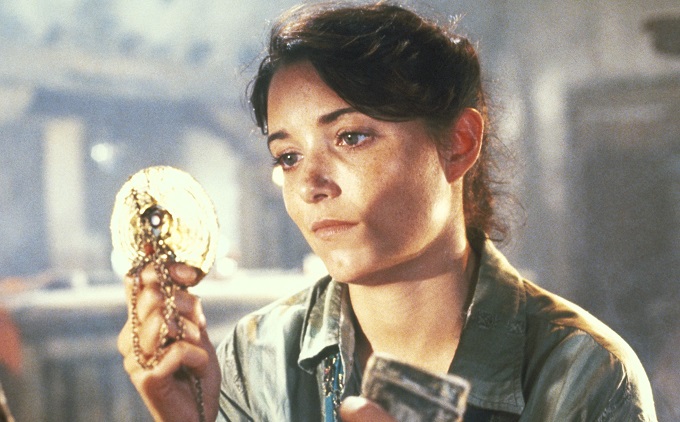
Indiana Jones star Karen Allen sat down for an exclusive chat with Red Carpet News at the Collectormania fan event in Milton Keynes. Karen spoke about playing Indiana Jones love interest Marion in Raiders of the Lost Ark and most recent installment Kingdom of the Crystal Skulls. Karen shares her experiences working with Harrison Ford and Director Steven Spielberg and gives her opinion on what makes Raiders one of the most beloved action classics of all time.
Full video interview here:
KINGSMAN: THE SECRET SERVICE Trailer
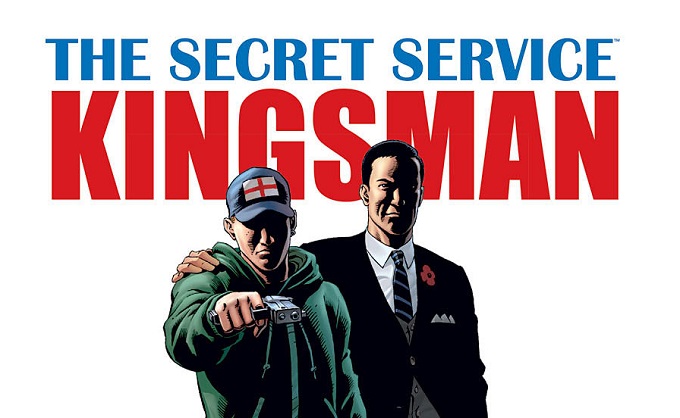
Here’s the first official trailer for Matthew Vaughn’s big screen adaptation of Mark Millar’s comic hit Kingsman: The Secret Service. Colin Firth plays a debonair super spy who recruits a chavish street kid, determined to train him up and exploit his untapped potential.